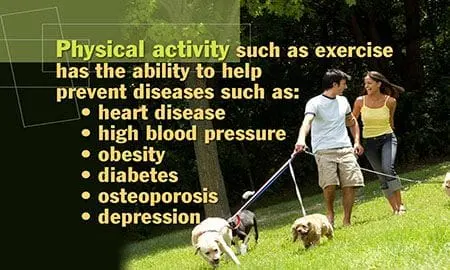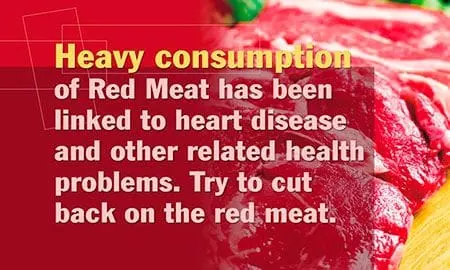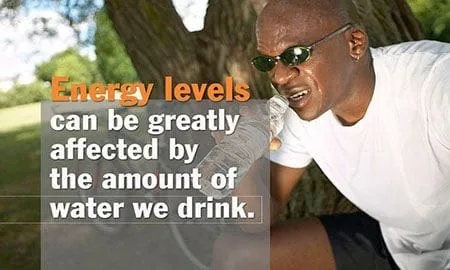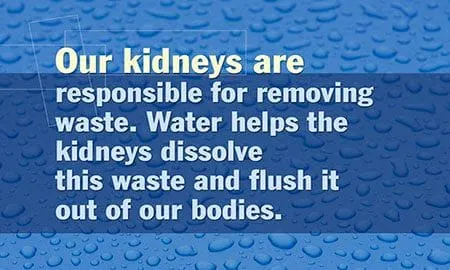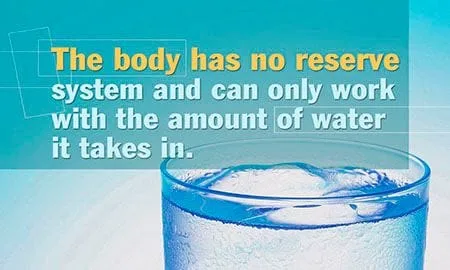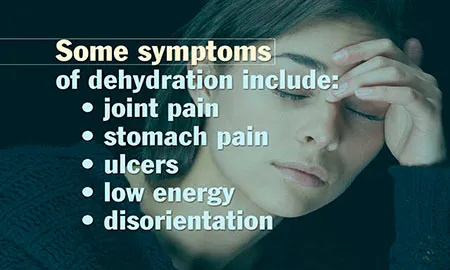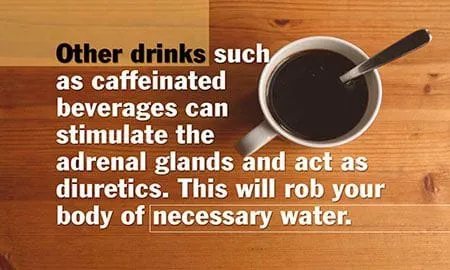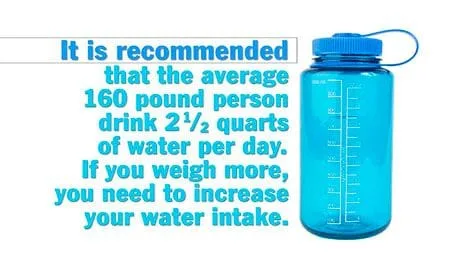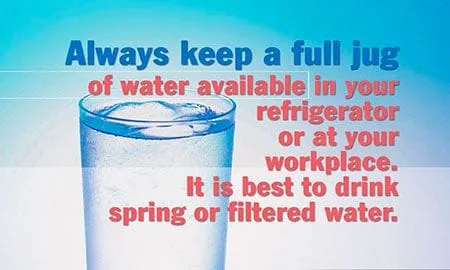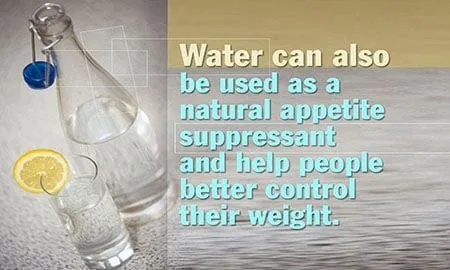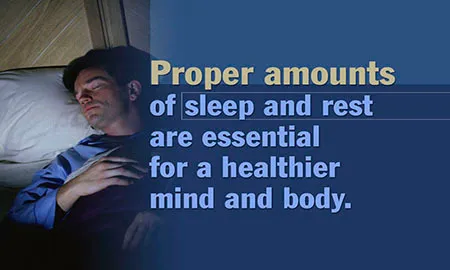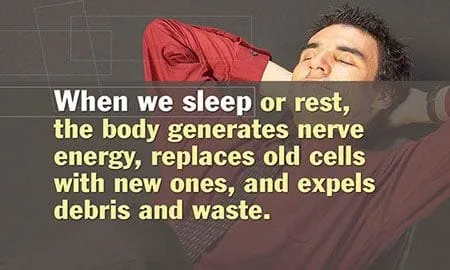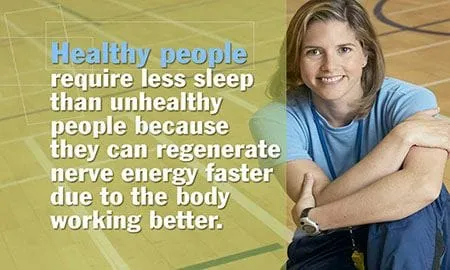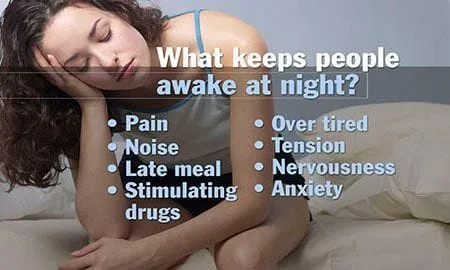BPA is one of those things you hear a lot of vaguely negative things about, but never really know what it is or what it’s supposed to do. BPA stands for Bisphenol A, a stabilizer that is not only present in plastics, but is also used in the interior coatings in food and drink containers, as well as in receipt paper. Studies show that 93% of Americans have this compound in their system. The ubiquity of BPA should lead us to question: Can it negatively affect our health?
Research indicates that BPA may act as an endocrine disruptor, meaning that it mimics a hormone group, in this case estrogen. The presence of it can disrupt normal function of these hormones in the human body, which in turn may have a widening ripple of negative effects. Extensive research has been done on BPA, but the extent of its effects are still not well understood. However, papers have been published linking BPA consumption and the following:
- Poor reproductive function
- Breast cancer
- Asthma
- Heart disease
- Thyroid dysfunction
- Impaired memory processes
Additionally, recent evidence suggests that endocrine disruptors, like BPA, can upset the parts of the brain that regulate food intake and lipid metabolism, possibly increasing the risk of obesity. This correlates well with one of the mysteries of our current obesity epidemic: The rise in obesity does not match the increase in daily consumption of calories per person. However, it does follow the rise in plastics used in everyday life. While the findings of the current research on the subject are by no means conclusive, it’s important to note the possible risk inherent in using plastics for ourselves, and more importantly, for our children. One study on mice showed that the behavioral and neurological effects of BPA can be trans generational, meaning they can be carried to the next generation, up to four generations! That means that if we stopped consuming BPA today, we could potentially still see the effects of it 100 years from now!
Who is at risk?
Studies seem to agree that while essentially all Americans are exposed to BPA on a daily basis, the population most at risk to adverse effects are infants and children. Adults have a fully functional liver which is able to process BPA and rid the body of it fairly effectively. Infants and children, on the other hand, do not have the capability to dispose of BPA and may retain it for longer periods of time, potentially exposing them to negative neurological and behavioral problems as they develop. Sadly, with the advent of baby formula and processed children’s food, this is one of the groups with the highest BPA exposure. It’s important that we take action to reduce the levels of BPAs and other plasticizers in food and beverages to promote healthy children. Here are some ways to avoid BPA:
- Breast feed infants if possible
- Avoid processed foods
- Eat fresh foods
- Avoid soda, or any other beverage that comes in a can or plastic bottle
- Store food in non-plastic containers
- Do not touch receipts with wet or greasy hands
- Drink from glassware at home
- If using a water bottle, buy an unlined metal container or a Nalgene brand bottle.
It should be noted that the first four items on the list are generally accepted to be good moves health wise, so if you’re trying to live healthier, this should give you an additional reason to make the effort!
Although the effects of BPA are not completely understood at present, there is enough evidence to suggest that avoiding it is reasonable. At Evans Chiropractic, we believe that patients should be proactive with their healthcare, so do some research on your own and become informed about the risks and benefits of plastics. As always, feel free to ask questions or leave comments below!











